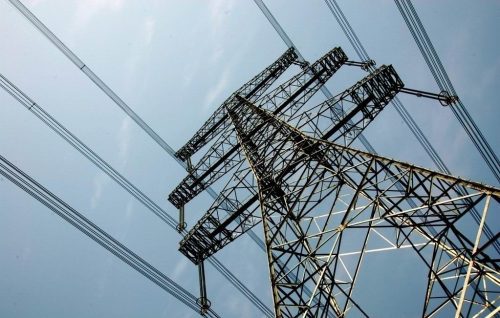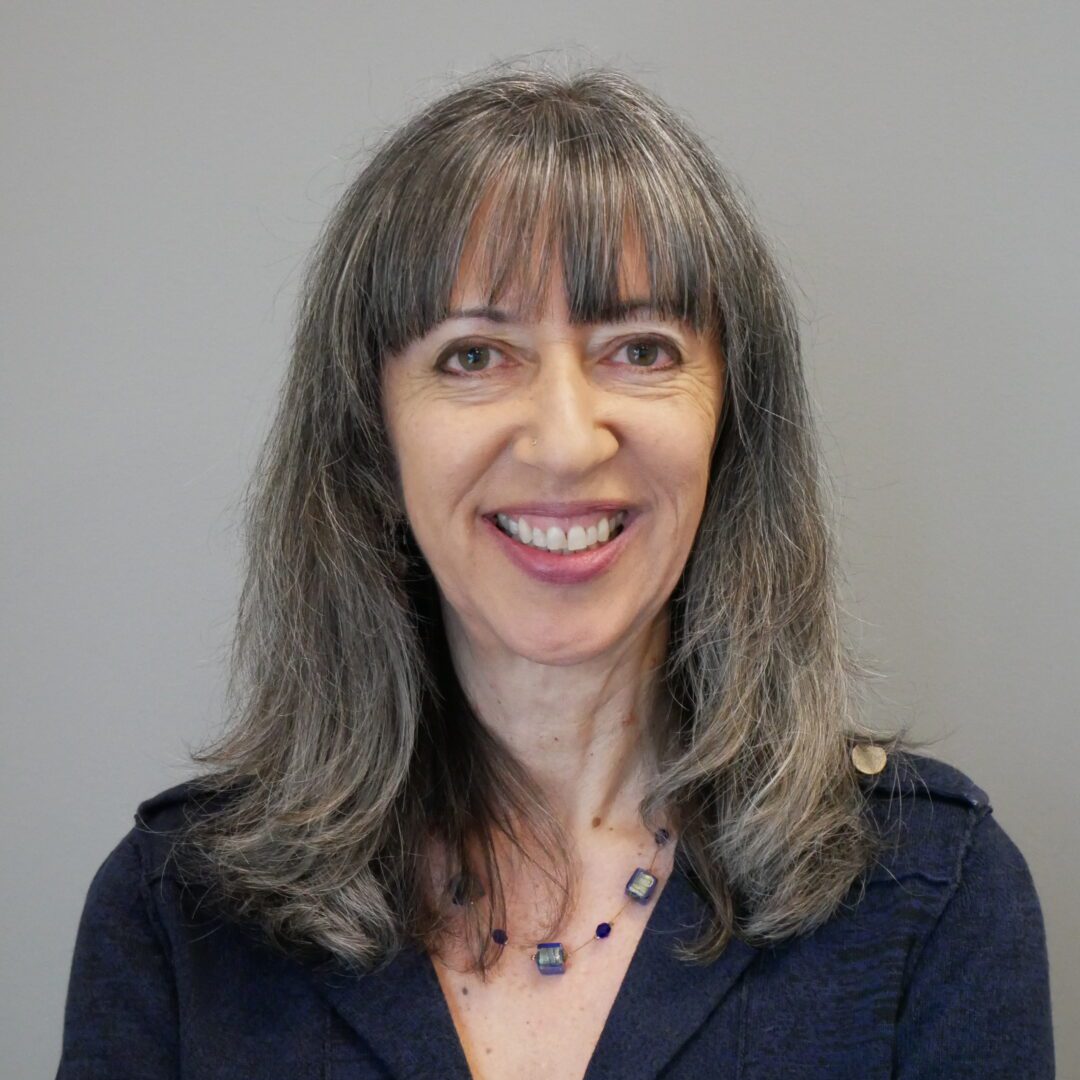
Transmission Access Charges distortion in California: There is a solution
The Clean Coalition continues working to ensure that Californians aren’t stuck with billions in unnecessary electric transmission spending.
Now several years into ourTransmission Access Charges (TAC) Campaign, the Clean Coalition continues leading the effort to ensure that California’s ratepayers aren’t stuck with billions of dollars in unnecessary electric transmission spending. We have worked with California Senator Ben Allen to draft new bill language for Senate Bill (SB) 692, to create a certain path to the most viable solution for implementing ourwidely supportedreform strategies.
Today, the California Independent System Operator (CAISO) charges exactly the same amount for “using” the transmission grid whether the energy comes from a source thousands of miles away or a source next door. That means that the real costs of building long transmission lines are hidden. So if a load-serving entity (LSE) such as a utility or community choice aggregator uses local energy to meet its customers’ needs, the LSE is penalized for the very actions that reduce the need for an ever-expanding transmission grid. And the LSE’s customers pay the price.
SB 692 will move CAISO and investor-owned utilities to solve this problem instead of continuing to ignore the issue. This bill will give CAISO and the utilities until the middle of 2020 to develop a new mechanism for transmission charges that reflects the true costs of transmission – and will ensure that LSEs that reduce their strain on the transmission system are given proper credit. Should CAISO and the utilities fail to develop a solution during the next two years, SB 692 will institute a simple solution for them.
SB 692 will put California on a path to sensible transmission spending in three steps:
- Make it state policy for the cost of electricity to include both the cost of generating energy and the cost of delivering that energy to consumers. Distributed energy resources contain the excessive growth in transmission spending, a fact acknowledged by CAISO and the California Public Utilities Commission, and supported by irrefutable evidence: the most recent transmission planning processcancelled an impressive $2.6 billion in projectsdue to energy efficiency and local energy.
- Order regulators to find a comprehensive solution by 2020 and implement it by 2021.
- If regulators fail, this legislation will order straightforward reforms to fix this problem.This fallback solution would also require that the customers of each LSE be treated as separate rate classes, and that those customers get credit for the amount of their electricity load that their LSE meets with clean local energy.
Ratepayers are being overcharged by the investor-owned utilities, who are profiting from excess transmission investment. Regulators have failed to make simple reforms to limit excessive transmission growth. This “business as usual” situation is no longer acceptable. It’s time for CAISO and the utilities to get to work to develop a solution – and to stop wasting the public’s money on unnecessary, expensive transmission infrastructure.
To learn more or to join the TAC Campaign, contact Doug Karpa atdoug@clean-coalition.org.

